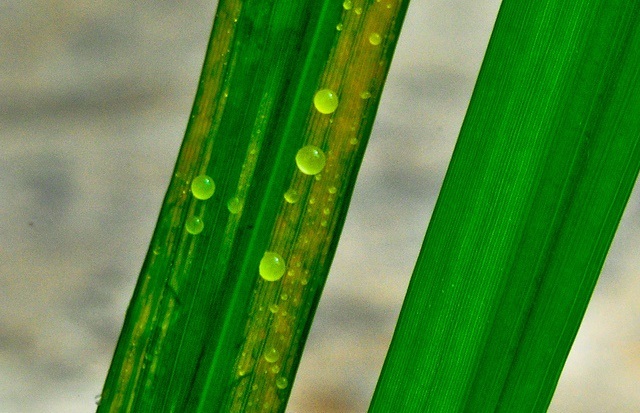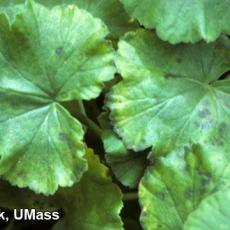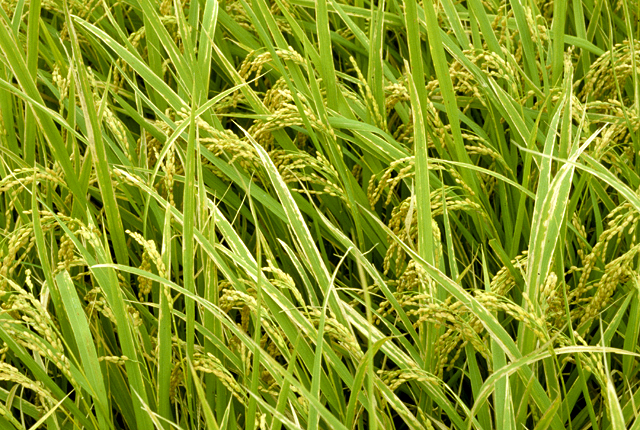

Generally speaking, Xanthomonas diseases are more often found in warm to hot climates. Since returning to the West Coast, I have only seen the Pseudomonas syringae in hibiscus from the West Coast hibiscus. The spots were very similar looking, but the bacteria causing them changed with the season. Pseudomonas syringae occurred in the winter, Pseudomonas cichorii in the spring and fall and Xanthomonas was prevalent in the summer.

When I worked in Florida, I saw three different bacteria causing leaf spots on hibiscus. Xanthomonas on lavender cuttings.Īcidovorax and Pseudomonas are found in cool to hot climates depending on the exact species. Some propagators use Remay cloth to maintain high humidity with minimal water on the leaves. Many similar symptoms can be caused by Pseudomonas and Xanthomonas on plants during propagation (Figure 3). Plants that grow better under dry conditions are especially stressed in propagation and become routinely infected with bacteria. Xanthomonas leaf spot on strelitzia showing intervienal striping.īacterial diseases are common in propagation of unrooted cuttings due to the addition of mist to facilitate rooting. If you find angular spots that form between leaf veins the chances that they are caused by bacteria are high. On some crops these spots are scattered all across the leaf, while on others they can be confined to leaf margins (Figure 1) or between leaf veins (Figure 2). Small, water-soaked areas form initially on leaf edges, at stomates and at wounds occasionally. Leaf spots and foliar blights are the most common symptoms of diseases caused by Acidovorax, Pseudomonas and Xanthomonas. Acidovorax species were primarily named Pseudomonas in the past and accounted for some of those that were classified as non-fluorescent Pseudomonads. This review will focus on foliar diseases that are caused by Acidovorax, Pseudomonas and Xanthomonas. There are new methods for identification, new diseases and several new effective bactericides, both conventional and biological in nature.

The last time I reviewed bacterial disease control on ornamentals for GPN was in 2012, and a lot has happened in the ensuing years. Pseudomonas leaf spot on mandevilla showing marginal necrosis.


 0 kommentar(er)
0 kommentar(er)
